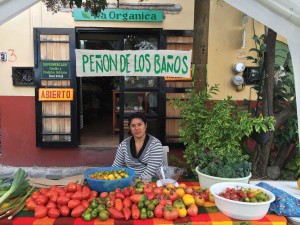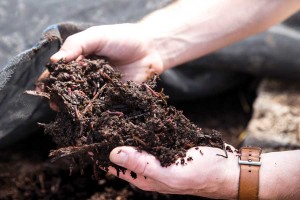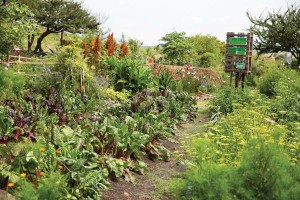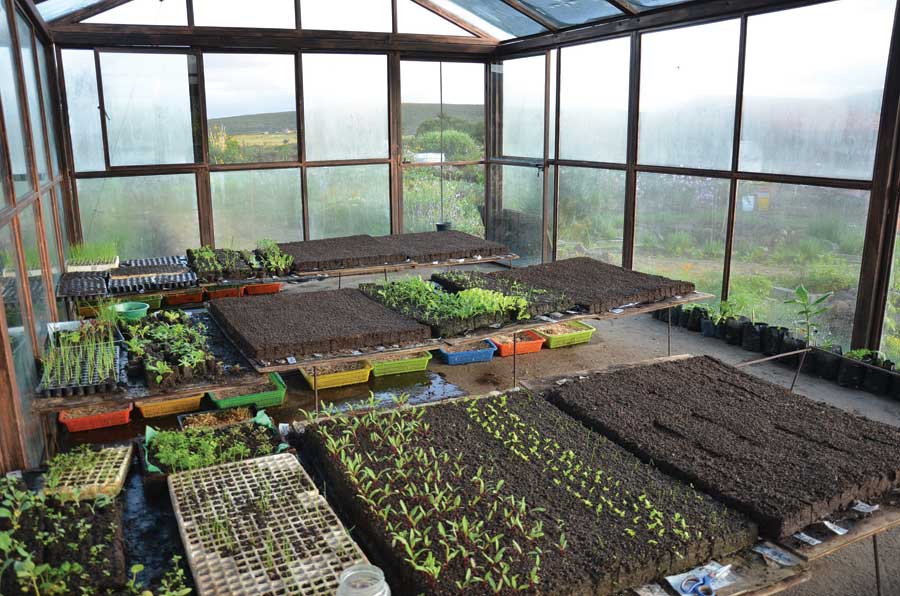The Soil Solution: Regenerative Farming
31 Mar 2016
Regenerative-farming techniques could reverse climate change through enhancing the soil.
By Eli Wallace When scientists and environmentalists talk climate change, doom and gloom is often the main topic. Scientific American reported last spring that the earth was essentially at or close to the “point of no return,” in terms of carbon emissions. The Intergovernmental Panel on Climate Change (IPCC) stated in 2009 that unless drastic action was taken between 2015 and 2020, it would be too late to save the ice caps, let alone polar bears, coastal infrastructure and the temperate, predictable weather patterns we know and love. So it’s not every day you hear an environmentalist declare we can actually reverse global warming.

Agricultural Overhaul
To reach the goal of 100-percent sequestration of current carbon emissions, a drastic overhaul of agricultural management practices is required. However, “Even if modest assumptions about soil’s carbon-sequestration potential are made, regenerative agriculture can easily keep annual emissions to within the desirable range necessary… [and we would have] a good chance of limiting warming to 1.5° C by 2020,” the Rodale Institute argued. “Big agriculture drains the soil, so the industry has to add a bunch of amendments—pesticides and chemical fertilizers—to get anything to grow. They’ll tell you that’s how they’re going to feed the world,” Hoffman says.












